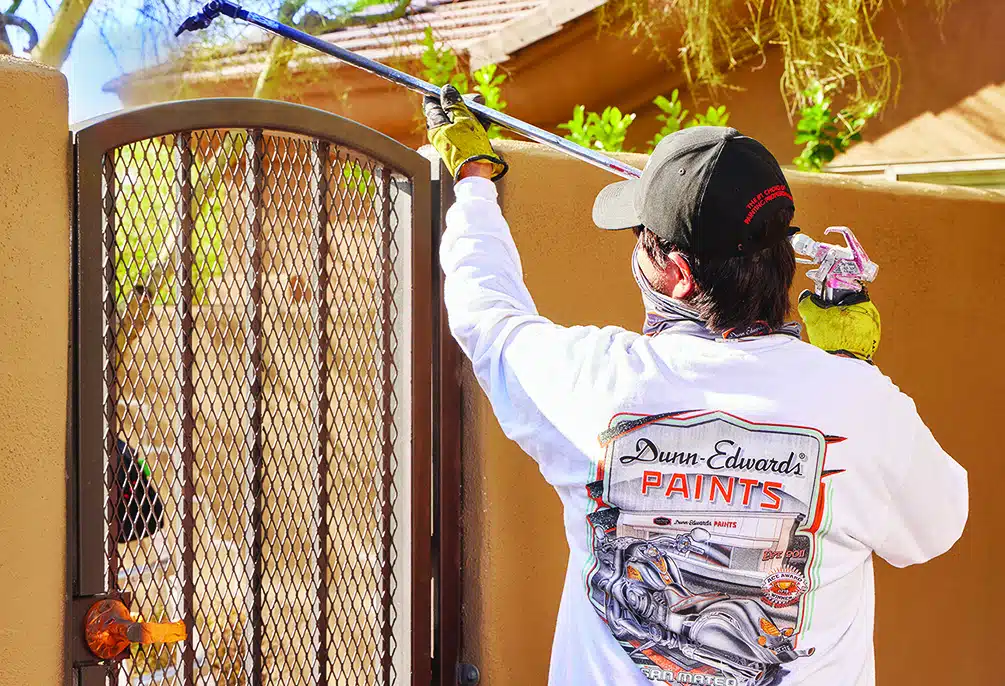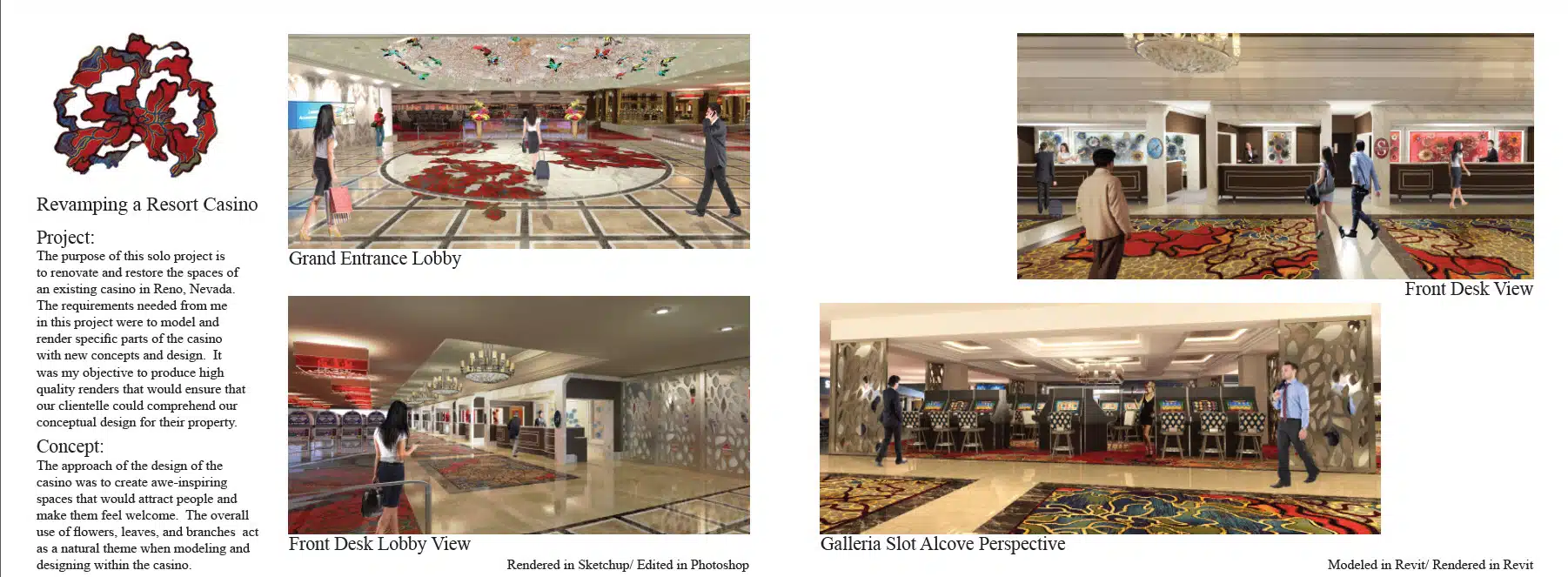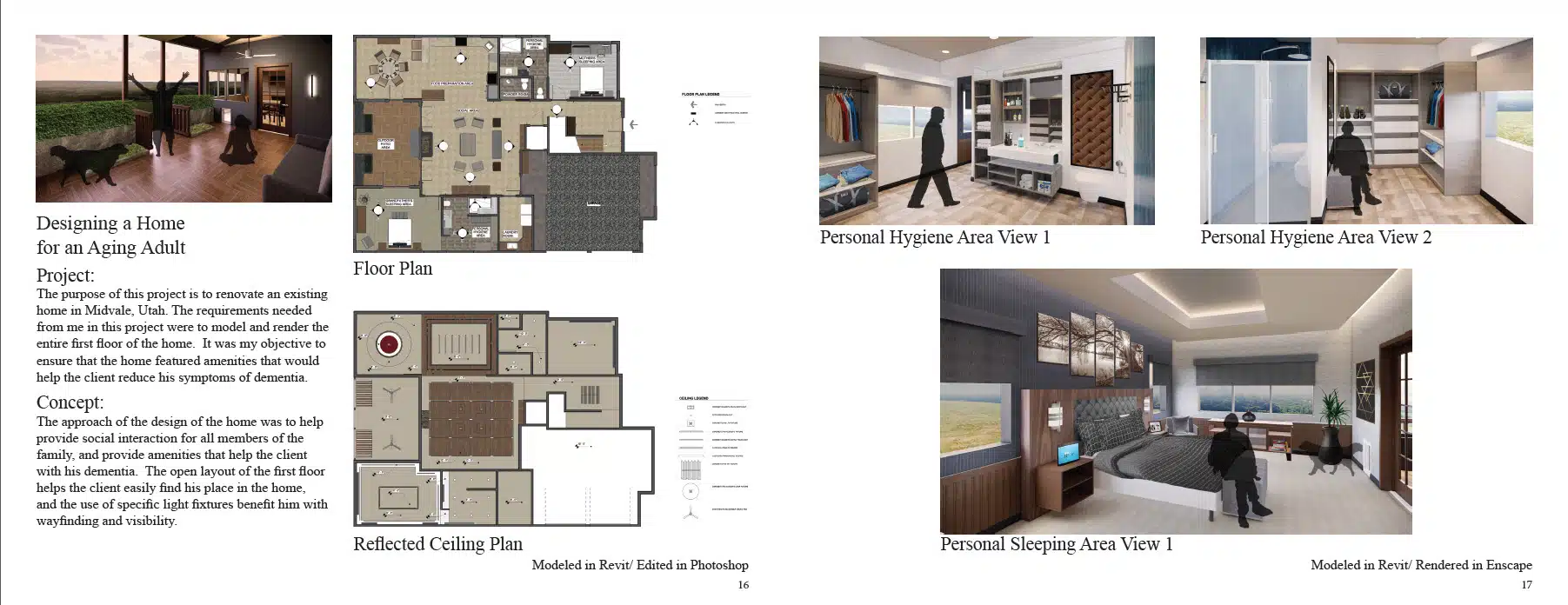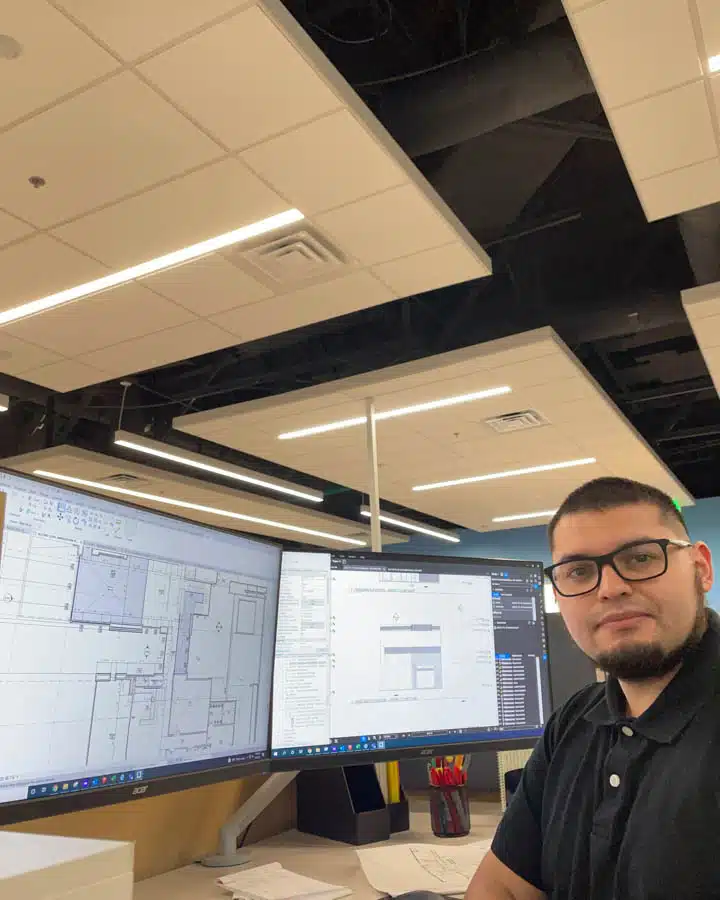Dunn-Edwards Portraits: A Design Career Delayed but Never Denied
02/07/2022 | Danielle Kinahan |
For Ricardo Montanez, becoming a designer is perhaps made all the sweeter because it did not happen fast—it was delayed but never denied. Sitting today in his Las Vegas office at luxury home design firm Blue Heron, Montanez recounts how neither the financial hardships of college nor pandemic-fueled layoffs could stop him from achieving his dream of becoming a designer.
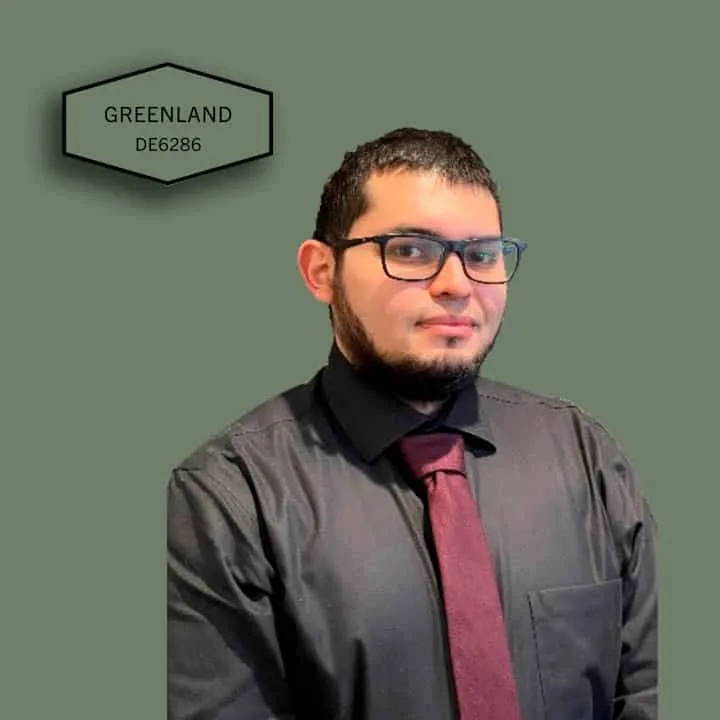
During his time at the University of Nevada, Las Vegas (UNLV), it often seemed to Montanez that meeting tuition costs was insurmountable. Choosing between his job in the restaurant industry, which paid the bills (including his tuition), and his class schedule was something he constantly struggled with—often needing to put his studies on hold in favor of earning a paycheck. “I had to drop classes and focus on work, just so I could afford to take these classes. This prolonged my time at school.” What is typically a four-year program, Montanez finished in seven.
It’s life’s curveballs that truly test one’s mettle and help build skill and adaptability. Adjusting to a series of fits and starts, however, is not new to Montanez, who moved constantly as a kid. But ultimately, it was these new beginnings—and his ability to roll with them—that fueled his interest in design. “Growing up, I used to move a lot with my family, so we used to look at model homes. I drew inspiration, wanting to design my own dream home. I’d envision different lifestyles for people. And that became a passion of mine—to invent, design and discover,” he explains.
It’s a passion that continued to burn for Montanez even throughout his prolonged time at UNLV. Of his extended duration, Montanez explains, “I got to see the people I studied with continue on and excel in the careers they went into, and it made me want to finish school and excel.”
Indeed, Montanez did. And for some of that stick-to-itiveness, Montanez credits his mentor at UNLV, his second-year studio professor, Professor James Chaddick. “He always helped me and others in driving that passion for interior work,” says Montanez. In fact, Professor Chaddick’s guidance helped Montanez stay with the interior design track during a time when he contemplated switching to architecture. Montanez debated a switch because the architecture track offered him more opportunity for entrance into upper-division programs than interiors. In the end, however, Montanez opted to stay the course, sticking with the program he had more passion for and knew he would excel in for life.
After graduation, Montanez honed his interior design skills as an intern at a commercial design firm, working on resorts and casinos, including projects for the Sahara Las Vegas Hotel & Casino, World Market Center, and the Grand Sierra Resort and Casino in Reno. But much like the fits and starts he had grown
accustomed to, his design career would be waylaid once more—this time by a worldwide pandemic. “When the pandemic hit, I was furloughed. That’s when I learned about the professional color advisor (PCA) position at Dunn-Edwards. It was a position that allowed me to remain in the design world.” He says it broadened his design skill set and his interpersonal and problem-solving skills, as well.
It was his role as a Dunn-Edwards PCA that gave Montanez the residential-side experience and communication skills to help propel him into later successes as an interior designer at luxury home designer Blue Heron. Not only did the PCA position offer the designer opportunity to interface one-on-one with
homeowners, but it also enabled him to become more attuned to construction. Of his Dunn-Edwards Fort Apache location, Montanez explains, “They took me in, and I loved working over there. I could incorporate things I learned at school and also understand the construction side of design more. It gave me a jump-start in
understanding that people are very specific about what they want done in their homes—and also that they don’t necessarily know what to look for in designing their homes.” For Montanez—whose favorite Dunn-Edwards color is Greenland (DE6286) because greens are sorely lacking in Las Vegas’ typical sandy-brown color palette—the PCA position afforded him the opportunity to learn the nuances and behaviors of a wide array of colors, a skill the designer notes comes in handy today as he replicates light and shadow scenarios in 3D modeling.
One of the things Montanez took to heart most during his time as a PCA was his ability to genuinely help people. The designer recounts an experience with a homeowner who was out of work as a result of the pandemic. The homeowner had been ordered by his HOA to repaint a fading portion of his home’s exterior, but had to do the work himself as he was unable to afford a professional painter. Montanez walked the homeowner through selecting the right color scheme and introduced him to the proper painting tools to use. The homeowner, who also had a fear of heights, was especially grateful when Montanez eased his fears that the tools could reach hard-to-get-to areas without requiring a ladder. “He started shaking,” Montanez says of the homeowner before I told him he wouldn’t need to scale a ladder.
While the world came to a halt for a time at the outset of the pandemic, Montanez’s role as a PCA meant that his design career didn’t also need to succumb to one—for once.
Today, Montanez, who’s about to celebrate his one-year anniversary with Blue Heron, is more in sync with the construction side of design work than ever. “That knowledge I got from Dunn-Edwards helped me when I jumped into Blue Heron,” he notes. As a production specialist, Montanez interprets concept work into real work, converting visualizations into construction documents so that Blue Heron’s brand of ‘Vegas Modern’ luxury homes can be brought to life. The Vegas design scene, he explains, is all about glitz and glamour and clean lines. And as a long-time Las Vegas resident, it’s something Montanez identifies with as well, self-describing his personal aesthetic as leaning toward simple, luxe, rectilinear design. In fact, the designer explains that he’s doing such upscale design work at his current position that it feels almost like commercial work.
With a strong work ethic and excitement for his future in the design industry, Montanez looks back at his journey with the hope he can offer some counsel to others in a similar position to his own; whether that’s to seek out guidance and understanding of student financial aid or take advantage of study-abroad opportunities. It’s important to “navigate and understand how financial aid works” immediately after accepting entrance into a program. “No one told me how that worked,” he explains. Most importantly, the designer’s advice to students is to put their education first. “If there is one piece of advice I could give to students,” says Montanez, “it would be to choose to put your personal life and your education first over that temporary gig you’re currently working at to pay some of your expenses.”
And when he looks 10 or 15 years into the future after soaking up all he can, learning the design industry, the commercial design world is where Montanez sees himself—perhaps with a commercial interior design firm of his own. Because, as Montanez knows well, dreams can be delayed—but for him, they will not be denied.
Complete this form for a chance to be featured as our next Dunn-Edwards Portrait!
Photography and Work Portfolio courtesy of Ricardo Montanez
Featured Articles
-
 Best Oranges for the Perfect Summer Beach Cottage
Best Oranges for the Perfect Summer Beach Cottage
-
 Get Ready for Fall with These Trendy Color + Design Moods
Get Ready for Fall with These Trendy Color + Design Moods
-
 Try These Color Palettes To Nail A Tomato Girl Summer At Home
Try These Color Palettes To Nail A Tomato Girl Summer At Home
-
 Embracing Barbiecore: Popular Pinks Throughout The Ages
Embracing Barbiecore: Popular Pinks Throughout The Ages
-
 The Color Yellow: Essential Color Theory, Symbolism and Design Application
The Color Yellow: Essential Color Theory, Symbolism and Design Application






